Aug. 9 to Aug. 15
When Wang Chiu-hwa (王秋華) announced that she wanted to be an architect, her mother responded, “Perhaps you can marry an architect and help him sharpen his pencils.” It was the early 1940s, and women were virtually unheard of in the profession in China.
So Wang didn’t pursue her dream in China, nor did she after she fled with her parents to Taiwan in 1949 following the Chinese Civil War. She did, however, earn a master’s degree in architecture from Columbia University that year and spent the next three decades working in New York City with Percival Goodman — eventually becoming a partner in Goodman’s firm.
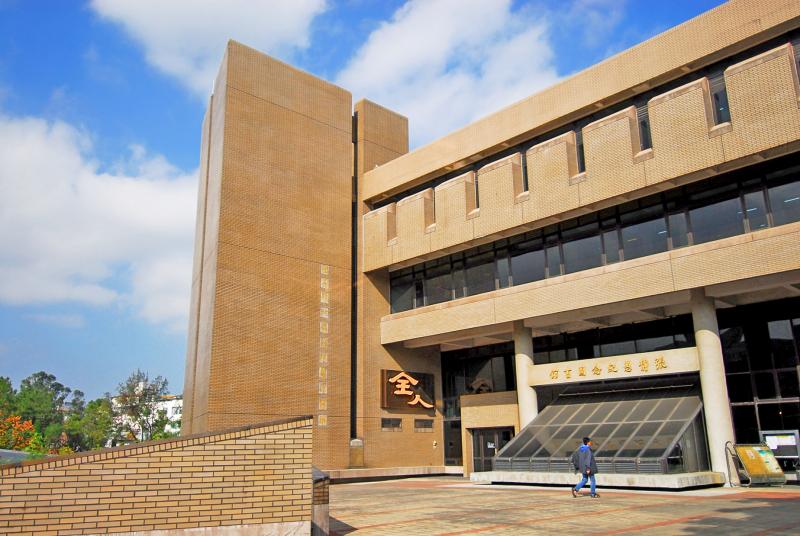
Photo: Lee Jung-ping, Taipei Times
“I’ve never let my gender hold me back from anything I love doing,” she told the Architectural Institute of Taiwan Magazine (台灣建築學會會刊雜誌) in a 2019 article.
After 30 years in the US, Wang returned to Taiwan to take care of her parents. She continued her practice here, and her earliest public project was Chung Yuan Christian University’s Chang Ching Yu Memorial Library (張靜愚紀念圖書館), often considered the nation’s first modern, open-shelf library. She went on to create numerous libraries and other public structures across the nation, and was awarded the prestigious National Award for Arts last year.
When Wang died at the age of 96 last month, she was remembered as the “mother of Taiwanese libraries.”
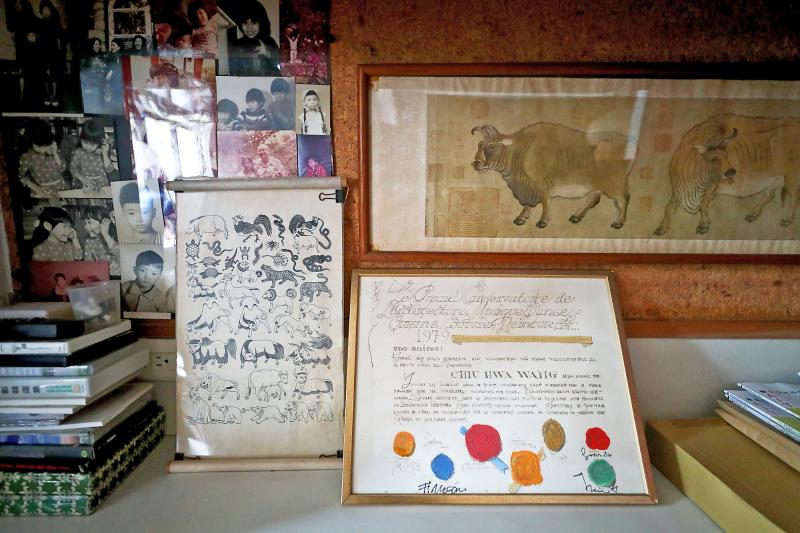
Photo: CNA
HUMANISTIC BEGINNINGS
Wang was born on Aug. 8, 1925 to a prominent family in Beijing. Her father Wang Shih-chieh (王世杰) held a number of prominent posts for the Chinese Nationalist Party, including Minister of Foreign Affairs from 1945 to 1948.
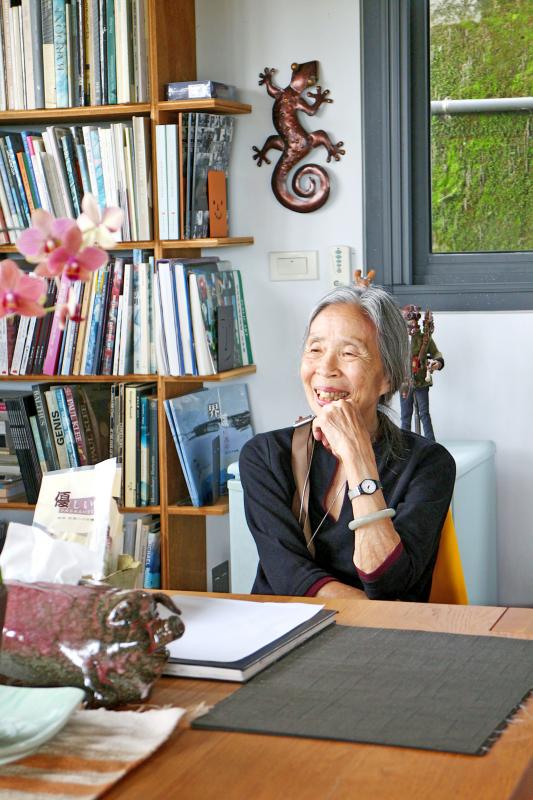
Photo: CNA
After the family retreated to Taiwan in 1949, the elder Wang was appointed secretary-general to the president and headed Academia Sinica from 1962 to 1970. Wang Chiu-hwa’s mother Hsiao Te-hua (蕭德華), a painter, came from an impressive artistic family — Hsiao Te-hua’s brother Hsiao You-mei (蕭友梅) was known as the “father of modern Chinese music education,” while her nephew Hsiao Chin (蕭勤) was a founding member of the influential Ton Fan Art Group (東方畫會).
Wang’s family hoped that she would become a writer since she loved literature, but she didn’t find it challenging enough. When she was 15 or 16, she started visiting nearby universities to gather ideas for her future. One of her visits was to National Central University’s architecture program in Chongqing (today’s Southeast University School of Architecture), where her sister’s good friend was studying. It was the day before the final critiques, and all student projects could be viewed by the public.
“It was really an eye-opener; I had never even dreamed of such works,” she tells Awakening Magazine. “I had never really paid much attention to my surroundings before that. But to be honest, back then I was just mostly excited about the beauty of these pieces. I only understood what architecture really was many years later.”
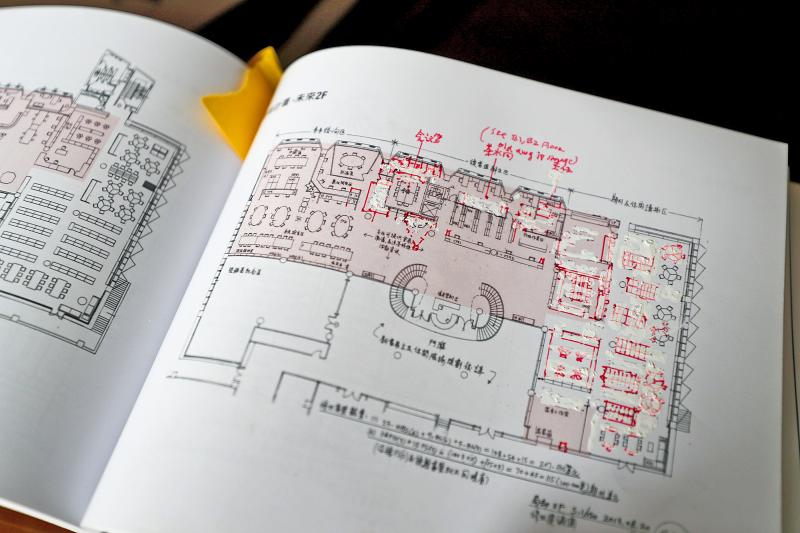
Photo: CNA
Wang entered National Central University with top marks after finishing high school, but remained undecided as to whether she wanted to pursue architecture as a profession, even after being accepted to the University of Washington in the US. It was only when she began studying under Goodman at Columbia that she found her purpose in the field — to enhance the public’s social well-being through modifying their environments.
Everyone should be able to enjoy a comfortable, pleasant environment, she says, noting China’s tradition of building extravagant palaces and temples but neglecting the everyday streets and markets. Only when people appreciate and love their surroundings will they further think of how to improve the way they live, she said.
“At National Central University, we were taught that architecture was the fusion of structure and art,” she said. “I never thought of looking at it from a humanistic point of view. But in reality, what we’re doing is modifying human environments, and therefore architects carry a certain social responsibility. I only realized this while following Goodman.”
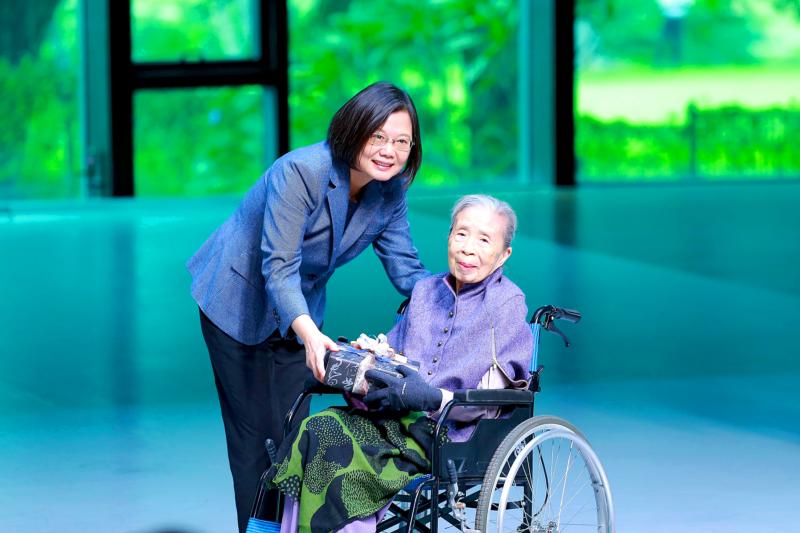
Photo courtesy of Ministry of Culture
PIONEERING IN TAIWAN
Wang’s first work involving Taiwan was the Center of American Studies (today’s Institute of European and American Studies) at Academia Sinica, which she completed in 1973. The building reflected her harmonious, warm design principles and accommodated Taiwan’s hot and humid climate by the careful placement of doors and windows, while utilizing shade and improving airflow. It is considered one of the earlier green buildings in the nation.
After settling in Taiwan, Wang taught at Taipei Institute of Technology (today’s National Taipei University of Technology) and Tamkang University, and her first project was her own apartment building on the family property. Named “Xue Residence” (雪舍) after her father’s pen name, the thoughtful interior was often featured in architecture magazines.
She warned against Taipei’s growing congestion shortly after her arrival:
“Experiments have shown that rats display their worst behavior when put in a crowded cage,” she told Awakening Magazine. “I think humans are more or less the same ... I hope that Taiwan doesn’t end up developing just a few oversized, overcrowded, polluted metropolises. The ideal is to have a few medium-sized cities, each with their own intimate and humanistic centers. We already have excellent highway, railway and air transportation systems, and there’s no need for everyone to be packed in Taipei.”
Under the invitation of Joshua J Pan (潘冀), Wang created the Chung Yuan Christian University’s library, completely changing the game on how public book depositories were designed. She has worked on libraries at National Changhua Normal University, National Taiwan Ocean University, National Palace Museum and National Chung Cheng University.
In 1997, she and her elder sister completed their late father’s wish of donating a library to his hometown in Chungyang County, Hubei Province, naming it Xueting Library (雪艇圖書館).
“I didn’t design so many libraries because I like libraries,” she once said. “It’s because I love reading.”
Wang never became an author, but she translated two books into Chinese: Goodman’s Illustrated Guide to Utopia — An Architect’s Travel Diary and Phantasmagoria, by renowned fellow architect Wang Da-hong (王大閎).
Taiwan in Time, a column about Taiwan’s history that is published every Sunday, spotlights important or interesting events around the nation that either have anniversaries this week or are tied to current events

The canonical shot of an East Asian city is a night skyline studded with towering apartment and office buildings, bright with neon and plastic signage, a landscape of energy and modernity. Another classic image is the same city seen from above, in which identical apartment towers march across the city, spilling out over nearby geography, like stylized soldiers colonizing new territory in a board game. Densely populated dynamic conurbations of money, technological innovation and convenience, it is hard to see the cities of East Asia as what they truly are: necropolises. Why is this? The East Asian development model, with

June 16 to June 22 The following flyer appeared on the streets of Hsinchu on June 12, 1895: “Taipei has already fallen to the Japanese barbarians, who have brought great misery to our land and people. We heard that the Japanese occupiers will tax our gardens, our houses, our bodies, and even our chickens, dogs, cows and pigs. They wear their hair wild, carve their teeth, tattoo their foreheads, wear strange clothes and speak a strange language. How can we be ruled by such people?” Posted by civilian militia leader Wu Tang-hsing (吳湯興), it was a call to arms to retake

This is a deeply unsettling period in Taiwan. Uncertainties are everywhere while everyone waits for a small army of other shoes to drop on nearly every front. During challenging times, interesting political changes can happen, yet all three major political parties are beset with scandals, strife and self-inflicted wounds. As the ruling party, the Democratic Progressive Party (DPP) is held accountable for not only the challenges to the party, but also the nation. Taiwan is geopolitically and economically under threat. Domestically, the administration is under siege by the opposition-controlled legislature and growing discontent with what opponents characterize as arrogant, autocratic

Desperate dads meet in car parks to exchange packets; exhausted parents slip it into their kids’ drinks; families wait months for prescriptions buy it “off label.” But is it worth the risk? “The first time I gave him a gummy, I thought, ‘Oh my God, have I killed him?’ He just passed out in front of the TV. That never happens.” Jen remembers giving her son, David, six, melatonin to help him sleep. She got them from a friend, a pediatrician who gave them to her own child. “It was sort of hilarious. She had half a tub of gummies,